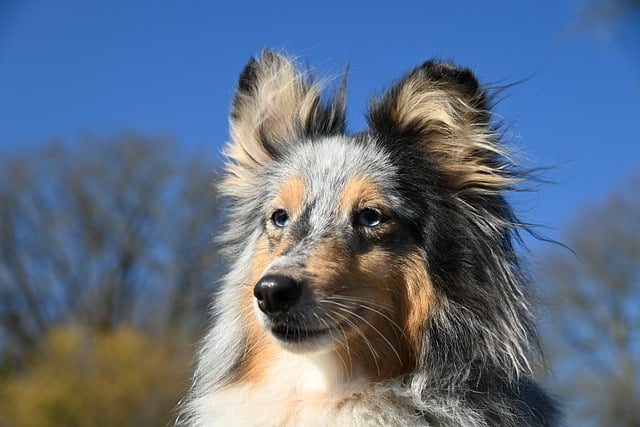
How do you punish an aggressive dog for biting
When you reach for your pup’s favorite chew toy—one they’ve been growling over for 10 minutes—and feel their teeth sink into your hand, sharp and sudden, panic mixes with hurt.
I was walking my friend’s golden retriever, Max, through a Chicago neighborhood park last week when a family with a toddler sat on a bench—and Max bolted toward them, tail wagging, paws ready to jump. “He just loves people!” my friend apologized, yanking his leash as the toddler shrank back. If your dog can’t resist bounding up to every stranger on walks, turning strolls into a series of awkward apologies, you’re not alone. Dogs approach strangers out of pure enthusiasm or curiosity, but it’s not always welcome—especially for kids, seniors, or people afraid of dogs. With the right positive reinforcement, you can teach them to stay close, respecting boundaries while keeping their friendly spirit intact.
Dogs go up to strangers because their brains are wired to seek connection. To them, a new person is a potential friend, a source of pets, or just something interesting to investigate—their way of saying “hello!” without words. Breeds like golden retrievers, labs, or boxers are famously “people dogs” and often struggle with this, but even shy dogs can get overexcited by a friendly face. A trainer in Chicago explains it like this: “Your dog doesn’t know that not everyone wants a slobbery greeting. They think, ‘I’m being nice!’ and can’t understand why you’re pulling them back.” Max, it turned out, associated strangers with pets and treats from past encounters—so his brain yelled “GO SAY HI!” every time he saw someone new.
The key is to teach them to “check in” with you before approaching. Start by creating a “stay zone” around you—use a front-clip harness (it reduces pulling better than a collar) and reward them with a high-value treat (freeze-dried chicken, cheese) every time they stay within 2 feet of your side, even without a command. When you spot a stranger, say “let’s wait” in a cheerful tone and hold a treat by your thigh. If they start to pull, gently guide them back with the harness and reward when they settle—no scolding, which would confuse their “being friendly” with “getting in trouble.” My neighbor’s beagle, Lila, who used to dart at every cyclist, now looks up at her for treats when people pass, because she learned “staying close = snacks, not missing out.”
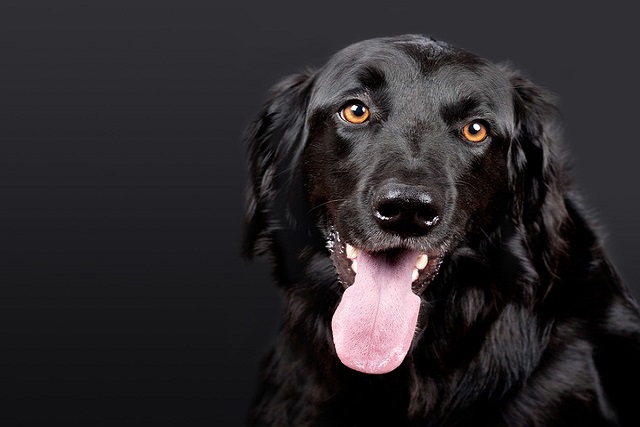
Practice the “look at me” cue to redirect their focus. When a stranger approaches, hold a treat by your eye, say “look,” and reward when they make eye contact—this shifts their attention from the stranger to you. Start in quiet areas, like a residential street with few people, then work up to busier spots. Over time, they’ll learn to check in with you first, waiting for your “okay” before approaching (and you can give that “okay” sometimes, for friendly folks who ask to pet them). In apartments, this makes elevator rides calmer—no lunging at neighbors—and many buildings appreciate the consideration for others. At dog parks, always ask “Can my dog say hi?” before letting them approach another dog or person—consent matters in pet etiquette.
Never forget the basics: Keep your dog’s rabies vaccine current (required by law in all states) and always carry poop bags (Chicago fines $150+ for forgetting)—polite dogs are part of being a good neighbor. Max’s owner now keeps a pocket full of treats on walks, and last week, he stayed by her side as a family passed, tail wagging but feet grounded, until she said “go say hi” to the smiling toddler. That’s the win: teaching them to respect boundaries doesn’t dim their friendliness—it makes walks joyful for everyone, strangers included.

When you reach for your pup’s favorite chew toy—one they’ve been growling over for 10 minutes—and feel their teeth sink into your hand, sharp and sudden, panic mixes with hurt.
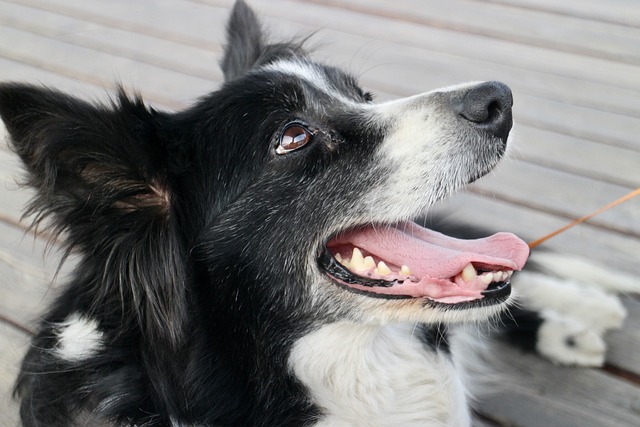
How to correct a disobedient dog? It's a frustration nearly every dog owner faces—whether it's a pup ignoring your “come” command, a adult dog jumping on guests, or a rescue with stubborn habits.

The first crackle of fireworks on Independence Day sends your pup into a tailspin—pacing, ears flattened, barking so hard their whole body shakes, as if they’re trying to scare the noise away.
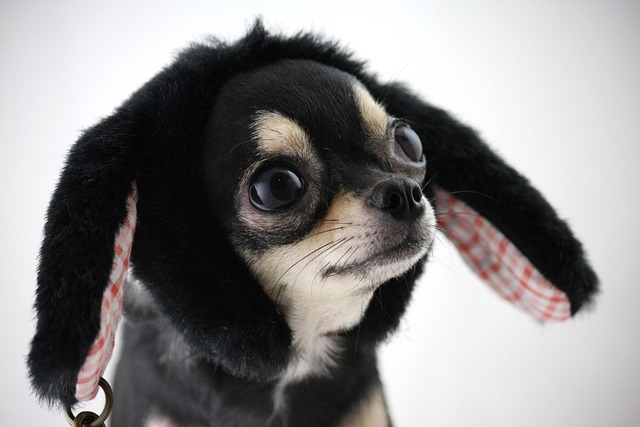
The Fourth of July backyard barbecue is in full swing when the first firework bursts—bright, loud, and sudden—and your dog explodes into a frenzy of barking
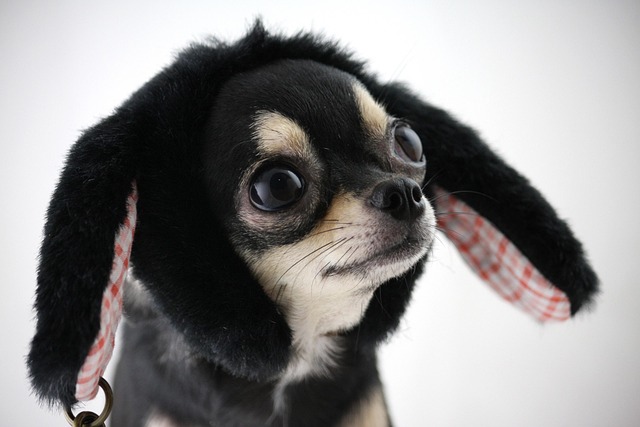
Waking up at 3 a.m. to your dog’s sharp barks, the sound echoing through your apartment, you fumble for your phone

There’s that familiar midnight struggle: you’re jolted awake by your pup’s nonstop barking at the window, the sound bouncing off your apartment walls as you check your phone